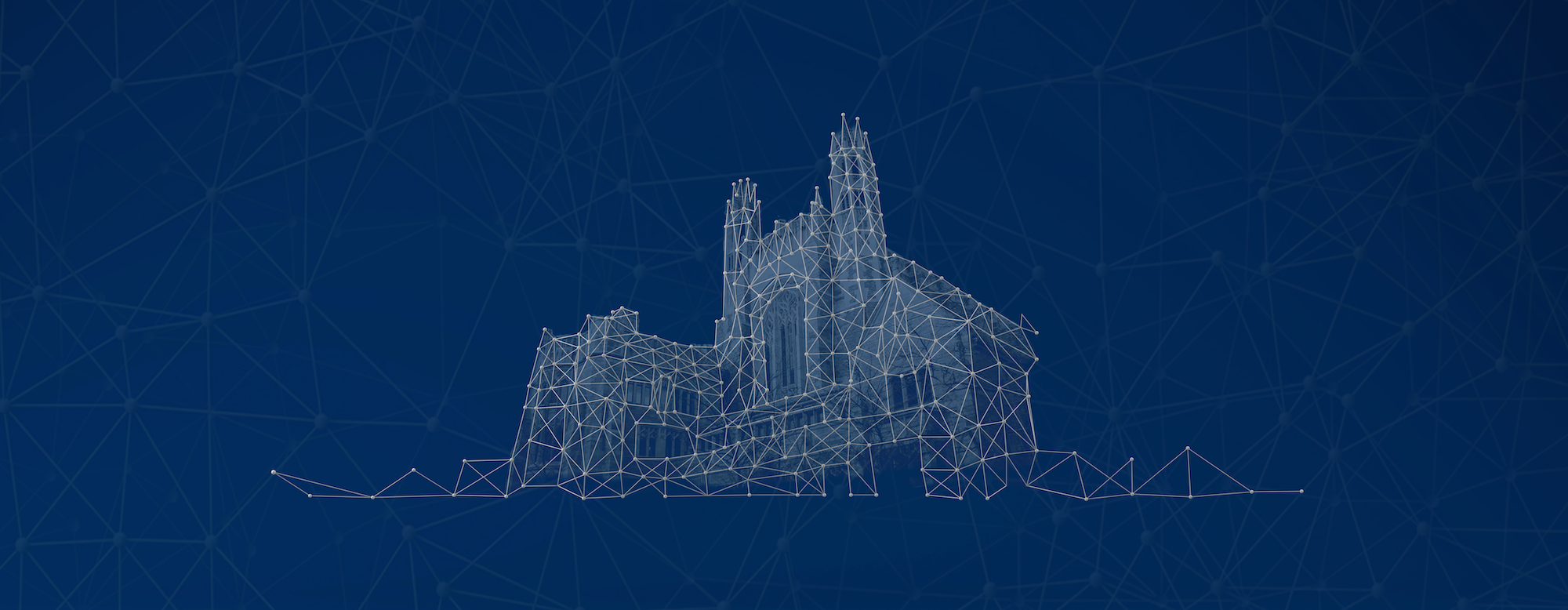This Article critically examines the analogies scholars use to explain the special relation between the author and her work that copyright law protects under the doctrine of moral rights. Authors, for example, are described as parents and their works as children. The goal of this Article is to determine “when to drop the analogy and get on with developing” the content of the relation between the author and the work. Upon examination, that moment approaches rather quickly: none of these analogies provide any helpful framework for understanding the purported relation. At best, these analogies are first attempts at describing the relation between the author and her work. At worst, they are misleading rhetorical devices used to gain support for moral rights. So I assume that analogies are valuable as starting points for thinking about the relation between the author and her work, rather than explaining the nature of the relation. Even when viewed this way, however, the analogies raise more questions than they purport to answer. Because the analogies discussed do not explain the author-work relation, scholars must look elsewhere for arguments to support moral rights.
